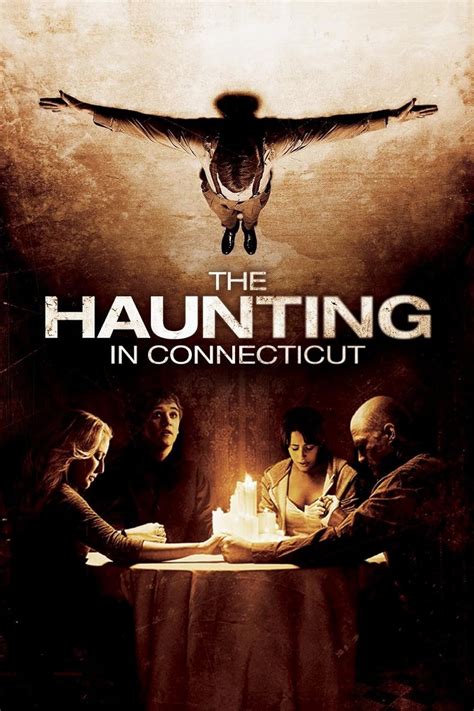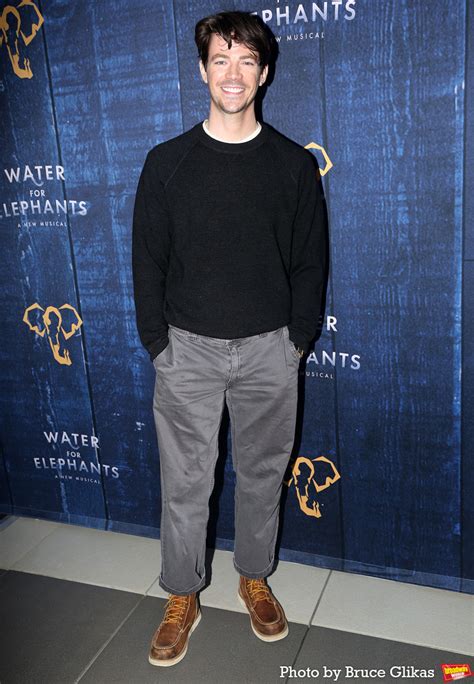The Haunting in Connecticut, a film released in 2009, is based on a shocking true story that delves into the realms of horror, the supernatural, and the fragility of human psychology. Directed by Peter Cornwell, the movie takes liberty with the actual events, weaving a narrative that explores the darkest corners of human experience. At its core, the film delves into themes of family, sacrifice, and the unrelenting forces of the paranormal.
One of the primary focuses of The Haunting in Connecticut is the plight of the Campbell family, particularly their son Matt, who is suffering from cancer. The family’s desperate search for a rental home near the hospital where Matt is being treated leads them to a house with a dark and sinister history—a former mortuary. Unbeknownst to the Campbells, this decision sets in motion a series of terrifying and inexplicable events that challenge their sanity, their beliefs, and ultimately, their very existence.
The narrative is built around the concept of a haunting, which in this context is not merely the presence of malevolent spirits but a manifestation of the dark energies and histories that reside within the walls of the former mortuary. As the family begins to experience strange and terrifying phenomena, they are forced to confront the reality of their situation, leading to a deeper exploration of the house’s history and the reasons behind its malevolent presence.
A critical aspect of The Haunting in Connecticut is its blend of psychological horror and supernatural terror. The film masterfully portrays the psychological effects of fear and the supernatural on its characters, blurring the lines between what is real and what is imagined. This ambiguity keeps the audience engaged, questioning the validity of the characters’ experiences and the true nature of the haunting.
The film’s use of setting as a character in its own right is also noteworthy. The former mortuary, with its labyrinthine corridors and dark, damp basement, becomes a living entity, exuding an aura of dread and foreboding. The transformation of this space from a place of death and mourning into a habitat teeming with malevolent energy underscores the theme of the house being a central antagonist, exerting its influence over the inhabitants.
Despite its basis on a true story, the film takes significant creative liberties, weaving elements of fiction into the narrative to heighten the sense of horror and suspense. This approach allows for a more cinematic experience, amplifying the emotional impact of the story while explored the broader themes of grief, loss, and the unexplained.
The Haunting in Connecticut also touches upon the theme of redemption and the lengths to which a family will go to save one of their own. The father’s desperate attempts to understand and counteract the forces affecting his family, coupled with the mother’s unwavering dedication to her son’s well-being, illustrate the profound love and sacrifice that define family bonds.
In terms of cinematic technique, the film employs a range of strategies to create tension and fear. From the use of darkness and shadows to the employment of sudden, jarring noises, each element is carefully crafted to immerse the viewer in the world of horror that the Campbell family inhabits. The special effects, although not overly reliant on CGI, effectively enhance the supernatural elements, making the paranormal events seem plausible and terrifying.
The performances of the cast, particularly Virginia Madsen and Kyle Gallner, are commendable, bringing depth and believability to their characters. Their portrayals of a family under siege by forces beyond their understanding are convincing, evoking empathy and fear in equal measure.
In conclusion, The Haunting in Connecticut is a chilling exploration of the supernatural, grounded in a disturbing true story. While it embellishes the facts for cinematic effect, the film remains a compelling and frightening journey into the heart of horror. By exploring themes of family, sacrifice, and the paranormal, it offers a unique blend of psychological terror and supernatural suspense, ensuring its place among horror fans as a memorable and unsettling viewing experience.
FAQ Section
What is the basis of the film The Haunting in Connecticut?
+The film is loosely based on the alleged true story of the Snedeker family, who in 1974 rented a house in Connecticut that was once a mortuary. They claimed to have experienced significant paranormal activity.
How does the film blend psychological horror with supernatural elements?
+The Haunting in Connecticut achieves this blend by creating ambiguity between what is real and what is imagined by the characters, ensuring the audience questions the validity of the paranormal events, thus heightening the sense of horror and suspense.
What role does the setting play in the narrative of the film?
+The former mortuary serves as a central antagonist, influencing the characters with its dark history and malevolent energy. The setting becomes a character that exerts control over the inhabitants, significantly contributing to the horror and tension experienced throughout the film.
How does the film portray the theme of family and sacrifice?
+The film illustrates the profound love and sacrifice that define family bonds through the characters’ actions and decisions. The family’s willingness to face and combat the supernatural forces head-on to save one of their own underscores the theme of family as a source of strength and unity in the face of adversity.



